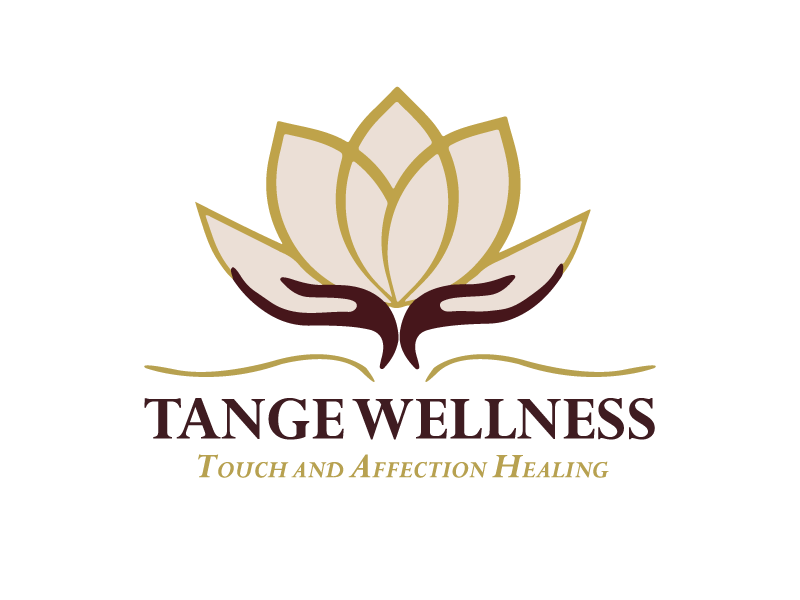Reconnecting in a Disconnected World
Have you ever realized it’s been weeks since someone last touched you? Maybe months? Not in passing, not a handshake, but real, comforting, safe touch? You’re not alone.
I’ve noticed something: more and more people are walking through my doors hungry not just for comfort, but for connection. Not just for someone to talk to, but someone to feel with.
We are touch-deprived in ways we don’t even realize.
Before 2020, touch deprivation was already common, but the pandemic shifted everything. Lockdowns, social distancing, remote work, it all created a blueprint for a more isolated way of living. Many of us adjusted, our bodies didn’t.
We need touch and not just sexual or romantic touch, but nurturing, platonic, human contact. We need to be held. To hold. To feel the weight of someone’s presence and know we’re not alone, but the world we’ve created doesn’t make space for that.
People are busy. Burnt out. Scrolling. Zooming. Swiping. Texting. Avoiding. We’re doing everything we can not to feel awkward or vulnerable, and in doing so, we’re missing the deepest kind of nourishment we have access to: safe physical connection.
What Touch Deprivation Looks Like
Touch deprivation doesn’t always look like loneliness. Sometimes it looks like anxiety, or depression, feeling “off” without knowing why. Clients tell me they feel disconnected from the world even when they’re in relationships or surrounded by people.
It’s not just that they’re not being touched. It’s that they don’t feel connected to the people touching them.
Some of the saddest stories I hear come from people in long-term relationships where affection has faded. Or from single adults who are afraid to date because they don’t want to deal with sexual pressure or rejection. One woman told me she pays for cuddling because it’s safer than trying to meet someone on a dating app. She’s not alone in that perspective. .
What Happens When Someone Finally Feels Safe
When clients come into my practice after long stretches without meaningful touch, the shift is immediate and deep. I’ve had people tell me it felt like a veil lifted. Like they could breathe again. Like they remembered what hope felt like.
That’s not just poetic language. It’s nervous system regulation. It’s oxytocin. It’s being seen.
Hopelessness is heavy. It’s isolating but the right kind of touch can interrupt that spiral and in some cases, save lives.
The Cost of Comfort
Phones are easy. Social media is familiar. AI even offers “conversation” now without judgment, without small talk, without the risk of rejection, but all of that ease comes at a cost.
The dopamine hits we get from messages and likes may feel good in the moment, but they don’t replace human presence. They don’t soothe the nervous system. They don’t give you warmth, pressure, or presence. They don’t make you feel held.
Digital connection may feel safer, but it’s not the same as feeling safe with someone.
What Cuddle Therapy Offers That Screens Can’t
Cuddle therapy isn’t about fixing anyone. It’s about being with someone.
It’s about the heartbeat, the breath, the softness of someone leaning into you and saying, “You matter.”
It’s experiential therapy. It’s showing not telling you that you’re worthy of care. It’s regulating your nervous system through co-regulation. It’s feeling connected, not because you’re talking through a screen, but because someone is sitting with you in real time, with real touch.
This is what so many people are missing, and what I offer in my practice every day.
Is the Culture Starting to Shift?
Slowly, I see more therapists referring clients for touch work. More people talking about platonic intimacy and body-based healing. We’re remembering what we’ve forgotten: that physical affection is a need, not a luxury.
For the clients who didn’t grow up in touchy-feely households, or who have never experienced safe affection, this work can be revolutionary.
If You’re Feeling Disconnected
You’re not broken.
You’re not too sensitive.
You might just be touch-starved.
And if you're unsure about taking that first step, here’s what I’d say:
Start by talking to your therapist about it.
Do your research.
Find a certified cuddle therapist or platonic touch practitioner you trust.
Ask questions.
Go slow.
You don’t have to do this alone.
The world may be more connected than ever but we are also more disconnected than ever from our bodies, our nervous systems, and each other. Touch is how we come home.
If you’re ready to feel again, I’d love to meet you there.
Book a free consultation. You don’t have to stay disconnected. We can begin again together.




